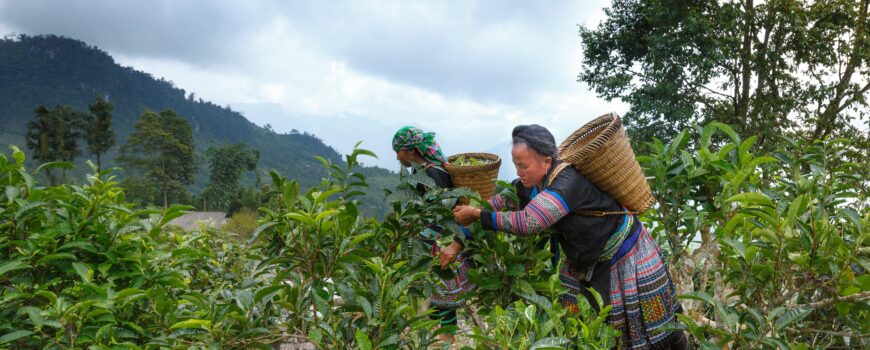Tea gardens, or tea plantations, are found in various geographic locations, each offering distinct advantages and challenges. Here, we compare plane area tea gardens and hill area tea gardens to understand their differences in terms of climate, soil, cultivation practices, and tea quality. Plane Area Tea Garden vs. Hill Area Tea Garden
Plane Area Tea Garden
1. Geography and Climate:
- Location: Plane area tea gardens are typically found in lowland regions with flat terrain.
- Climate: These areas often experience warmer temperatures and consistent rainfall, which can be beneficial for tea cultivation.
2. Soil:
- Type: The soil in plane areas is generally alluvial, rich in nutrients, and suitable for tea plants.
- Drainage: While the flat terrain allows for easy water management, proper drainage systems are essential to prevent waterlogging.
3. Cultivation Practices:
- Machinery: The flat terrain allows for the use of machinery for plucking, pruning, and other agricultural activities, increasing efficiency.
- Labor: While mechanization is possible, many plane area tea gardens still rely on manual labor for delicate tasks.
4. Tea Quality:
- Flavor Profile: Teas from plane areas tend to have a robust and strong flavor, which is popular in many markets.
- Varieties: These gardens often produce black tea, which thrives in the warmer conditions of the plains.
5. Economic Factors:
- Production Cost: Lower production costs due to easier access and the potential for mechanization.
- Market Reach: Easier transportation and logistics compared to hill areas.
Hill Area Tea Garden
1. Geography and Climate:
- Location: Hill area tea gardens are located in highland regions, often on slopes or terraces.
- Climate: These areas have cooler temperatures, misty conditions, and well-distributed rainfall, creating an ideal microclimate for high-quality tea production.
2. Soil:
- Type: The soil in hilly areas is typically rich in organic matter, well-drained, and slightly acidic, which is favorable for tea cultivation.
- Erosion Control: Terrace farming is used to prevent soil erosion on steep slopes.
3. Cultivation Practices:
- Manual Labor: The steep terrain limits the use of machinery, so most tasks are done by hand, which can be more labor-intensive and costly.
- Sustainable Practices: Hill tea gardens often employ traditional and sustainable farming methods to maintain soil health and biodiversity.
4. Tea Quality:
- Flavor Profile: Teas from hill areas, such as Darjeeling or high-grown Ceylon, are known for their delicate and complex flavors, often described as floral, fruity, or muscatel.
- Varieties: High-quality green, oolong, and white teas are commonly produced in these regions, benefiting from the unique climatic conditions.
5. Economic Factors:
- Production Cost: Higher production costs due to the need for manual labor and the challenges of operating in a mountainous environment.
- Premium Pricing: Teas from hill areas often command higher prices in the market due to their superior quality and unique flavor profiles.
Comparison Summary
| Aspect | Plane Area Tea Garden | Hill Area Tea Garden |
|---|---|---|
| Geography | Lowland, flat terrain | Highland, slopes and terraces |
| Climate | Warmer temperatures, consistent rainfall | Cooler temperatures, misty, well-distributed rainfall |
| Soil | Alluvial, nutrient-rich, requires drainage | Rich in organic matter, well-drained, slightly acidic |
| Cultivation | Potential for mechanization, easier access | Labor-intensive, traditional methods, sustainable |
| Tea Quality | Robust, strong flavor, primarily black tea | Delicate, complex flavors, green, oolong, white teas |
| Economic Factors | Lower production costs, easier logistics | Higher production costs, premium market pricing |
Conclusion
Both plane area and hill area tea gardens have their unique characteristics and advantages. Plane area tea gardens benefit from easier access, potential mechanization, and lower production costs, making them efficient for large-scale production. On the other hand, hill area tea gardens, despite their higher production costs and labor-intensive practices, produce teas with exceptional quality and unique flavor profiles that can command premium prices in the market. Choosing between the two largely depends on the business goals, target market, and the type of tea one aims to produce. Plane Area Tea Garden vs. Hill Area Tea Garden
Zircon Tea Company
Contact No is +91-9499347308
Email is info@zirconshop.in
Our You Tube Channel Is Zircon Tea Company

